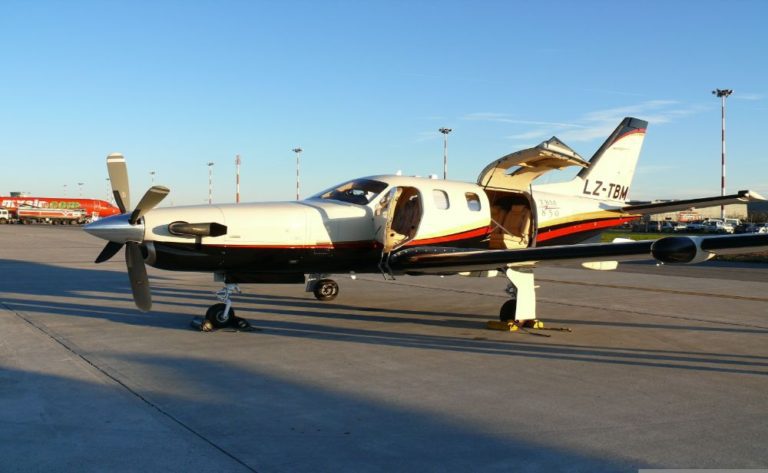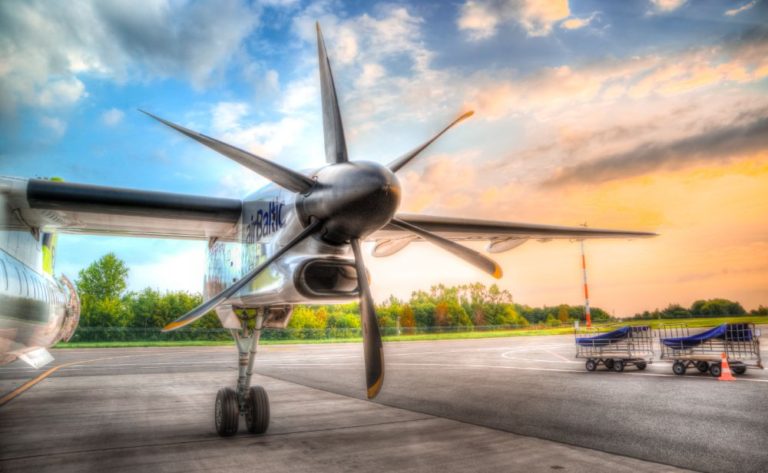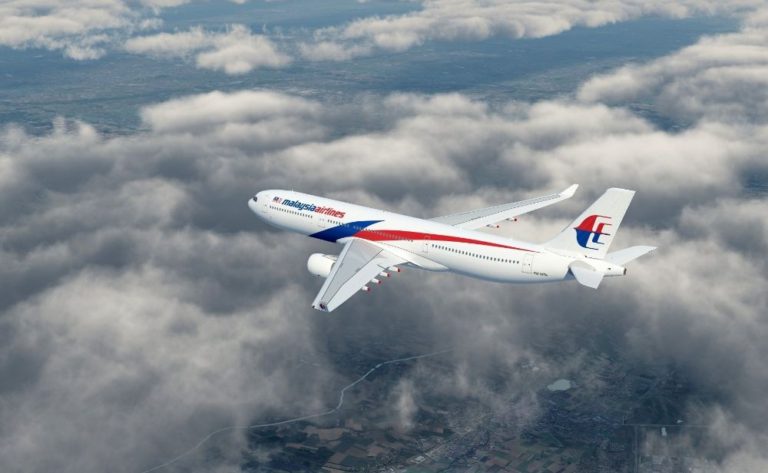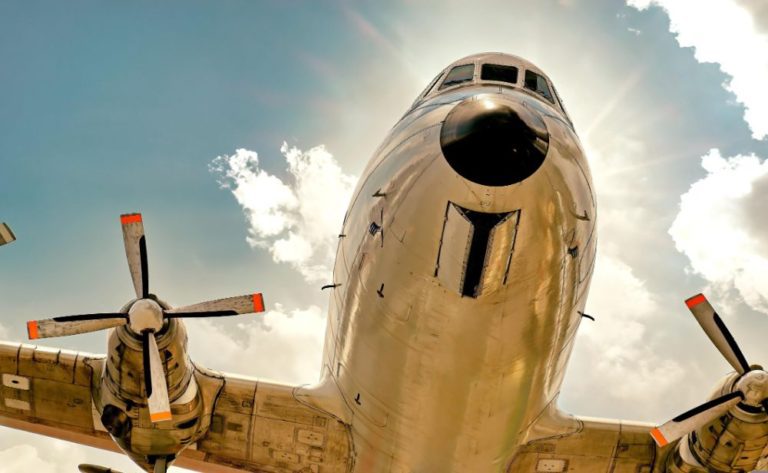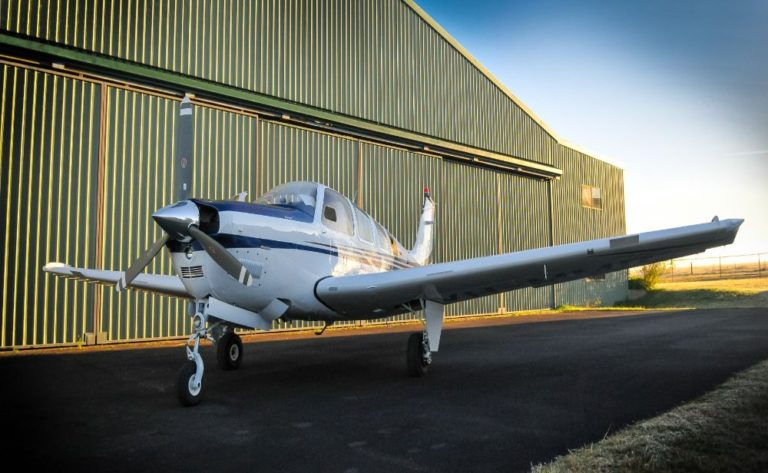Eclipse Jet: top-class jet that displays an impressive economy and luxury

The Eclipse Jet was one of the first aircraft in its category, the Very Light Jet (VLJ), and is currently ranked among the most popular owner-flown jets in the entire globe. It is a reasonably priced jet that has the performance of a first-class jet and demonstrates great economy and luxury in its design. The Eclipse Jet is the world’s most economical twin-engine jet. It is also very quick, which makes private jet travel cheaper for both individual communities and commercial communities. Eclipse Jet has dispelled the myth that the only people who can utilize private jet services are those who have an extremely high net worth. The Eclipse 500 and the Eclipse 550 are both examples of personal jets that belong to the Eclipse series. The Eclipse 500 and Eclipse 550 aircraft, both of which have six seats, are able to provide customers with the best possible range, performance, and comfort, hence eliminating the aggravation and stress caused by trip logistics.
Very Light Jet, Model Eclipse 500
The Williams V-Jet II served as the basis for the development of the Eclipse 500 Very Light Jet, which first flew in 2006 and features six seats. Eclipse Aviation, a company that aimed to change the scale of aircraft production and was the original manufacturer of the product, wanted to transform the aviation business. They wanted to profit from the economics of developing, creating, and sustaining the aeroplanes, and they planned to do it by selling the aeroplanes in record volumes of thousands each year, which would lower the production costs and retail price by a significant amount. The initial cost of the aeroplane was the primary factor that contributed to the widespread interest in the Eclipse jet. Eclipse stands apart from other jets thanks to its unique design and performance features, many of which had never before been authorised by aviation regulators for use in a jet. After being granted a temporary certificate by the US FAA in July 2006, the first Eclipse 500 was delivered in the latter half of the same year.
The Eclipse 500 was the first aircraft of a completely new class of jets, which was later given the name Very Light Jets. This aircraft is powered by two compact and lightweight Pratt & Whitney Canada PW610F turbofan engines. The aircraft is made out of standard aluminium and features spars, stringers, rib frames, and clip components. Additionally, the jet is outfitted with a pneumatic de-icing boot for both the wing and the horizontal tail.
Eclipse 500 performance
Since performance is one of the most important aspects of the Eclipse jet, the Eclipse 500 has a maximum cruising speed of 370 knots and a rate of climb per minute of 3,424 feet. Regardless of whether it is cloudy, calm, windy, or any other type of weather, the owner has the ability to reach the highest possible altitude of 41,000 feet. The jet is designed to take off and land on a variety of runway surfaces, including asphalt, grass, and dirt. It has a traditional appearance, and its two engines give it the appearance of a military or commercial aircraft. This contributes to its ramp appeal.
The soundproof cabin of the Eclipse 500 jet, which is an affordable and luxurious six-seat twin turbofan jet, is outfitted with a Dukes IC cabin pressure control system, LED lighting, power outlets, and wood trim and table. In addition, the jet is equipped with a twin turbofan engine. The cabin has dimensions of 12.3 feet in length, 4.7 feet in width, and 4.2 feet in height, and it can seat a maximum of four people in any arrangement. Leather club-style seating is provided for four passengers. The aeroplane does not come equipped with a restroom of any kind. The number of bags that can be carried depends on the configuration of the jet as well as the number of passengers.
Engine
Twin-engine The FAA has approved the PhostrEx engine fire suppression system that is installed in the Eclipse 500 Jet. When used for jet flight, the wing tanks have the capacity to hold 699 kilogrammes of fuel.
Cockpit
A glass cockpit that features an integrated avionics suite is standard equipment in aircraft of the Eclipse 500 model. The fuel system, electrical system, de-icing system, lighting system, and pressurisation system are all controlled by the multifunction display that is installed in the cockpit.
In 2008, Eclipse Aviation had the intention of manufacturing a single-engine jet called the Eclipse 400. This jet was to be the most fuel-efficient jet in the world, powered by a PW615F engine, and it was projected to have the maximum cruise speed. Its delivery was scheduled to take place in the fourth quarter of 2011.
Eclipse Aviation’s inability to meet its financial obligations caused the production of the Eclipse 500 to come to a halt. On the other hand, the Eclipse 550 Light Business Aircraft, which was produced by Eclipse Aerospace and Sikorsky Aircraft Corporation, was put into service for the first time on October 22, 2013, when it was delivered to a customer. The Eclipse 550 jet is a low-wing, twin-engine aircraft with six passenger seats. It is certified for operation by a single pilot and features an upgraded avionics kit. The new Eclipse 550 was more powerful than its predecessors and had a number of upgrades and improvements that were absent from earlier models. The remodelled aeroplane, which was also known as the Total Eclipse, had a starting price of less than three million dollars and was based on effectively finishing the work on the legacy aeroplane.
Eclipse Aviation declared bankruptcy under Chapter 11 in 2008 as a result of its inability to secure funds. 2009 marked the beginning of the protracted Chapter 7 liquidation process for the corporation, which ultimately established Eclipse Aerospace as the new owner. Eclipse Aerospace made the announcement that the development version of the Eclipse 500, known as the Eclipse 550, would replace the manufacturing of the Eclipse 500 aircraft in October of 2011.
The Eclipse 550 was the first aircraft to be delivered to the market in 2013, and its arrival established a new standard for the microjet industry. The Eclipse 550 has finally become the jet that its designers had always envisioned it to be. It is capable of reaching speeds of up to 685 kilometres per hour and has a range of 2084 kilometres (1295 miles). Despite its size, it has a very fast roll for taking off. One of the jets that holds the record for having the lowest fuel consumption is the Eclipse Jet 550. Even if it was upgraded to 550, the core of Eclipse, which is its efficiency, has not changed in any way. It underwent a retooling process to add more power into the Avionics platform. It had the most advanced avionics package available at the time, as well as a plethora of other enhancements, both standard and optical, which combined to make it the most advanced light jet available at the time. The following are some of the new features that have been added to the original design:
• Dual (Redundant) IFMS
• Auto throttles
• TAWS
• RVSM Certified
• Synthetic vision
• Enhanced vision
• Stormscope
• Color Radar
• Traffic Alerting System
• Radar Altimeter
• Part 135 package
• Integrated Standby Display Unit
• ADS-B Out Enabled
• ADF and DME
• Iridium Phone
• RVSM Certified
• Synthetic vision
• Enhanced vision
• Enhanced
To take advantage of the synergy forces, Eclipse Aerospace and Kestrel aircraft merged into a single business under the name One Aviation in April of 2015. This merger took place in combination with the injection of fresh capital into the new business. The Eclipse 550 is One Aviation’s flagship product line. It is an improved, more mature, safer, more fuel-efficient, and more dependable version of the original Eclipse 500. It is also one of a kind in the industry because it is powered by two engines, which makes it easier to fly for its owners and pilots.
Eclipse Special Edition, the flagship product of One Aviation, the parent business of Eclipse Jet, was introduced in 2015 with the intention of streamlining the process of aircraft ownership and delivering greater transparency, comfort, and ease during the purchasing phase. The Eclipse 550 Jet comes equipped with a number of features like as anti-skid brakes, a rebuilt cabin, and dual Avio integrated flight management systems, among other things.
Features that Set Apart the Eclipse Jet 550
The Eclipse Jet 550 comes equipped with a number of unique features, including the following:
• Suite Luxury
The cabin of the Eclipse 500 has been ergonomically constructed to allow passengers to stretch out, take it easy, and sit back in addition to providing sufficient storage space for luggage. • The process of flying has been greatly simplified.
The Avio system in the Eclipse 550 offers the highest level of control while simultaneously minimising the number of dials and switches in the cockpit. The intuitive synoptic page that is available for each aircraft system has helped to make operating the Eclipse Jet a simple and risk-free endeavour.
• Service of the highest calibre for all types of contemporary travel
It is now simple to reach any city that is within 1,125 miles of where you are using an Eclipse 550, which has the capacity to seat five people and does not require refuelling even over such long distances.
Raise the level of power
The lightweight and small PW610 turbofan engine is developed with simplicity, consuming less fuel, and having low-carbon emissions. This makes it easy and affordable to maintain, as well as consumes less fuel overall. The engine features FADEC, which is designed to lessen the effort placed on pilots while while exhibiting great performance and dependability.
Safety documentation for Eclipse Jet
Eclipse Jets are intended to be flown by a single pilot, and its safety features have been streamlined to maximise the operator’s awareness of the surrounding environment, including weather and traffic. Improved situational awareness as well as display and control of aircraft systems are made possible by the capabilities of the Avio system. The Eclipse avionics system also comes equipped with the advanced flight management system as one of its features.
The Eclipse jet is an economical and far more affordable option than the majority of turbo-prop engine aircraft. The price of Eclipse 500 is approximately $2.49 million, and the price of Eclipse 550 is approximately $2.9 million.
A look back at the troubled past of Eclipse Jet
Eclipse 500/550 programme, which had been operated by Mexico-based One Aviation for nearly six years, was sold to AML Global on February 21, bringing an end to the company’s nearly six-year operation. As a result, AML Global has once more resumed sales and maintenance for the Eclipse jet fleet, and about 260 Eclipse aircraft are currently being supported by AML.
The now twenty-decade-long saga of Eclipse has seen multiple bankruptcies and subsequent attempts to revive the company, in addition to four different name changes for the business. Eclipse experienced the largest financial failure in the history of general aviation as a result of the enormous costs associated with aeroplane construction, the sluggish development, and the lack of capabilities of near competitors. Eclipse Jet’s ideal business plan called for low prices, but it was more important for the company to find ways to reduce their costs. Now, AML Global has made it one of its key priority to enhance its relationship with vendors, stabilise the past and maintenance situation for current Eclipse Jet operators, and address any outstanding issues. Eclipse is still in the air despite the fact that its conclusion is probably near. The expansion of the new company’s collaboration with suppliers and support providers, as well as the expansion of the existing Eclipse fleet, will be the key challenge that the new company will face.
Wrapping things up
The Eclipse is a technologically advanced light jet that has significantly altered the way that people across the world perceive general aviation aircraft. Only owners of the Eclipse will realise how convenient and enjoyable it is to fly this type of aircraft.

